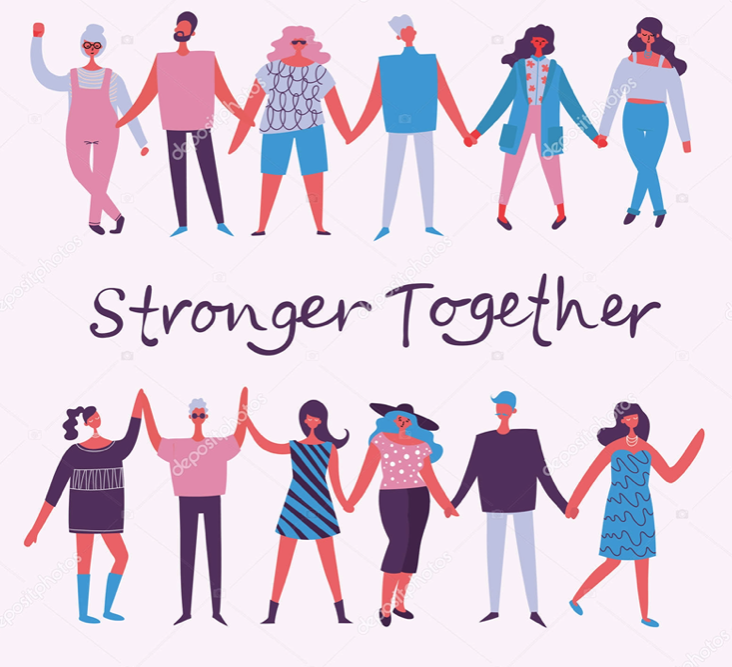Focus: Equipping communities with practical tools and strategies to take collective action in preventing sexual abuse, assault, and harassment.
The Power of Community Building in Reducing Sexual Violence
In recent years, communities worldwide have made strides toward addressing various forms of violence. Among these, sexual violence remains one of the most pervasive and damaging issues. However, as we work to create safer environments, one thing has become clear: community building plays a pivotal role in reducing sexual violence at the grassroots level.
Understanding the Root Causes of Sexual Violence
Sexual violence is not just an individual act but a societal issue that is deeply intertwined with cultural norms, gender inequality, and power dynamics. While laws and policies are essential in addressing the legal aspects, lasting change often starts within the community itself. When communities come together to foster a culture of respect, equality, and mutual support, they can directly challenge the underlying conditions that enable sexual violence.
The Role of Community Building
Community building focuses on creating safe, connected, and supportive networks of people who work together toward common goals. When we talk about building communities to reduce violence, we mean developing relationships that are based on trust, respect, and shared values.
SARCC’s Connected Together board working to implement the Communities that Care model within Lebanon and Schuylkill counties, is part of a direct action effort to build up stronger and healthier communities and root out the causes of violence before perpetration happens. perpetration
Here’s why strengthening social cohesion is crucial in reducing sexual violence:
Communities that are cohesive and well-connected are more likely to intervene when they witness harmful behavior. When neighbors know and trust each other, there is a collective sense of responsibility for one another’s well-being. Strong communities provide support for survivors, advocate for accountability, and ensure that bystanders feel empowered to step in when necessary. By building stronger bonds within a community, the likelihood of addressing and preventing sexual violence increases.
What are some ways that communities can increase social cohesion?
- Social Development Strategy (essentially setting clear guidelines and expectations for how youth can engage with others in the community & set up ways to teach them these skills and recognize the growth they are making in a timely manner to solidify those behaviors long term)
- Increasing opportunities for mentorship with safe, trusted, and pro-social adults
- Having clear ways that residents can get involved in the community and rewarding those pro-social behaviors
- Normalizing asking for help
- Creating spaces and places for community art projects that can be showcased around the county to help bond residents to our area



